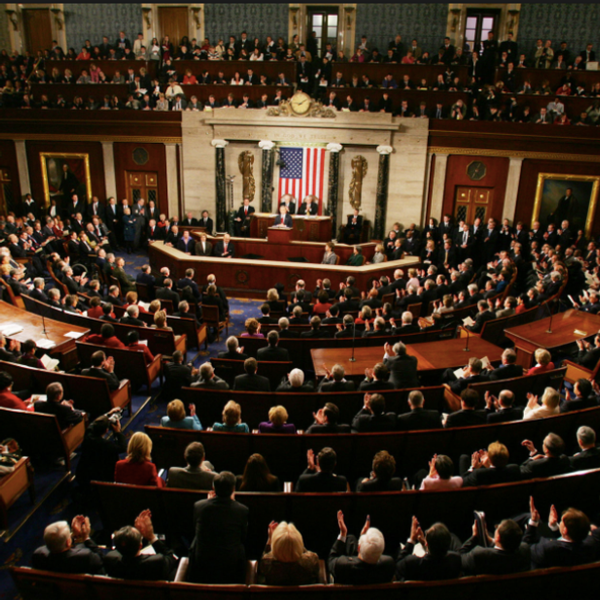In light of the recent fake news phenomenon, it’s important to evaluate the ways in which we get our information online. We may be exposed to over 100 messages every day, but only notice a handful of them. Imagine scrolling through your Facebook timeline, what influences whether or not you read an article? What makes you scroll past a headline?
Selective exposure is a theory within mass communication that basically says people will expose themselves to information that aligns with their beliefs or values and will tend to avoid contradictory information. We probably don’t recognize when selective exposure comes into play while we’re catching up on social media but it does affect what content you decide to pay attention to and what you decide to ignore. This makes sense! As humans we generally don’t like to have opposing thoughts. These deep-rooted emotions play a big part in what people see on the internet and, although it’s not necessarily good or bad, we need to recognize it.
This can affect how we select which media outlets to read and believe, or which ones to discredit. Social media has significantly changed news consumption by providing us with an enormous amount of choices when it comes to content sources. There is so much content online and it seems impossible to sort through it all, forcing us to be more selective than ever. The same story can be written ten different ways by all types of news outlets, and which article we choose to read depends on our beliefs. Selective exposure is really important when it comes to politics. Whether you are politically right-sided, left-sided, or not sided at all, this affects what you click on and how you interpret it. For example, Donald Trump supporters are more likely to scroll past an article with a headline that speaks negatively of him. This applies to all of the content we see online, on television, and in newspapers/magazines.
There is content online that will fit each person’s unique beliefs and unfortunately, a lot of news programs have become strongly opinionated, further pushing selective exposure. So we have to make a choice, do you read FoxNews or Msnbc’s take on Donald Trump’s latest executive order? We have to be careful that we don’t only pay attention to sources that are biased and one-sided because if we’re not, our newsfeed could become flooded with news promoting one side over the other even if it means twisting the information and we could miss out on the truth.
It makes me wonder: are we ignoring credibility to avoid cognitive dissonance? Of course no one likes to feel like they’re wrong but there’s nothing wrong with forming a new opinion. A solution to selective exposure is to be aware of it, read two or more versions of a story, and then decide what you think.
By selectively reading information that matches our beliefs we may be missing out on important facts. This is especially important for our generation because we’re still forming our personal values and principles. We need to be aware that selective exposure exists and make the conscious choice to expose ourselves to different versions of the same content. Hear all sides of the story before you form your opinion.






















